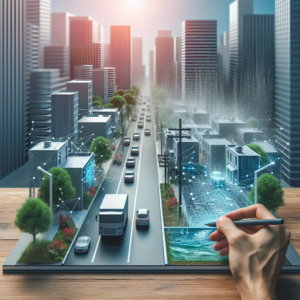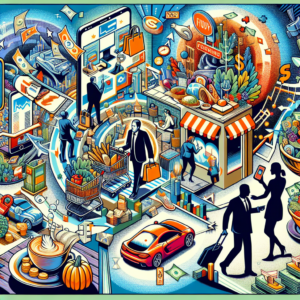Recent research has highlighted the significant environmental cost of traditional fashion campaigns, which can emit up to 15,000 kg of CO₂—equivalent to the annual emissions of several households. This figure underscores the need for more sustainable alternatives in a sector responsible for between 2% and 8% of global greenhouse gas emissions. In this context, artificial intelligence (AI) emerges as a promising solution, capable of reducing emissions by up to 99% and water consumption by 85% in visual productions.
Modelia, a Spanish startup specializing in the application of AI in fashion, has developed a report comparing the environmental impact of conventional photoshoots with that of AI-generated visuals. Internationally recognized brands like Zalando and Levi’s have already implemented this technology to minimize costs, streamline processes, and reduce their ecological footprint.
The production process for fashion campaigns involves a high expenditure of resources. International travel, equipment transportation, intensive energy consumption, and large amounts of water are just a few of the elements contributing to this environmental impact. The visual aspect, which includes photoshoots and marketing campaigns, often goes unnoticed, even though it represents a considerable share of the industry’s climate cost.
According to the study, each conventional campaign can generate between 5 and 7 tons of CO₂ just from transportation and require between 5,600 to 11,300 liters of water, in addition to consuming up to 8 kWh of electricity daily. In contrast, AI-based techniques allow for the production of photorealistic visual content without the need to physically reproduce the processes, leading to a significant reduction in emissions. Zalando has reported cost reductions of up to 90%, while Levi’s uses AI-generated models to produce digital garments, a process that is 90% faster than the typical one.
In an environment where the fashion industry has shifted away from following the four traditional seasons to adopting a continuous cycle of microtrends, the application of AI becomes an essential tool for maintaining creative production while simultaneously decreasing environmental impact. Iván Rodríguez, CEO and co-founder of Modelia, emphasizes that the future of the sector lies in a more intelligent use of AI, allowing for the optimization of time and costs, while also mitigating the carbon footprint.
The implementation of this technology not only generates high-quality visual content but also allows for the creation of variations based on existing assets, reserving physical productions for truly necessary situations. This approach promises to benefit the environment while offering greater efficiency and profitability to brands, establishing artificial intelligence as a key element in the sustainable transformation of fashion.
Source: MiMub in Spanish











